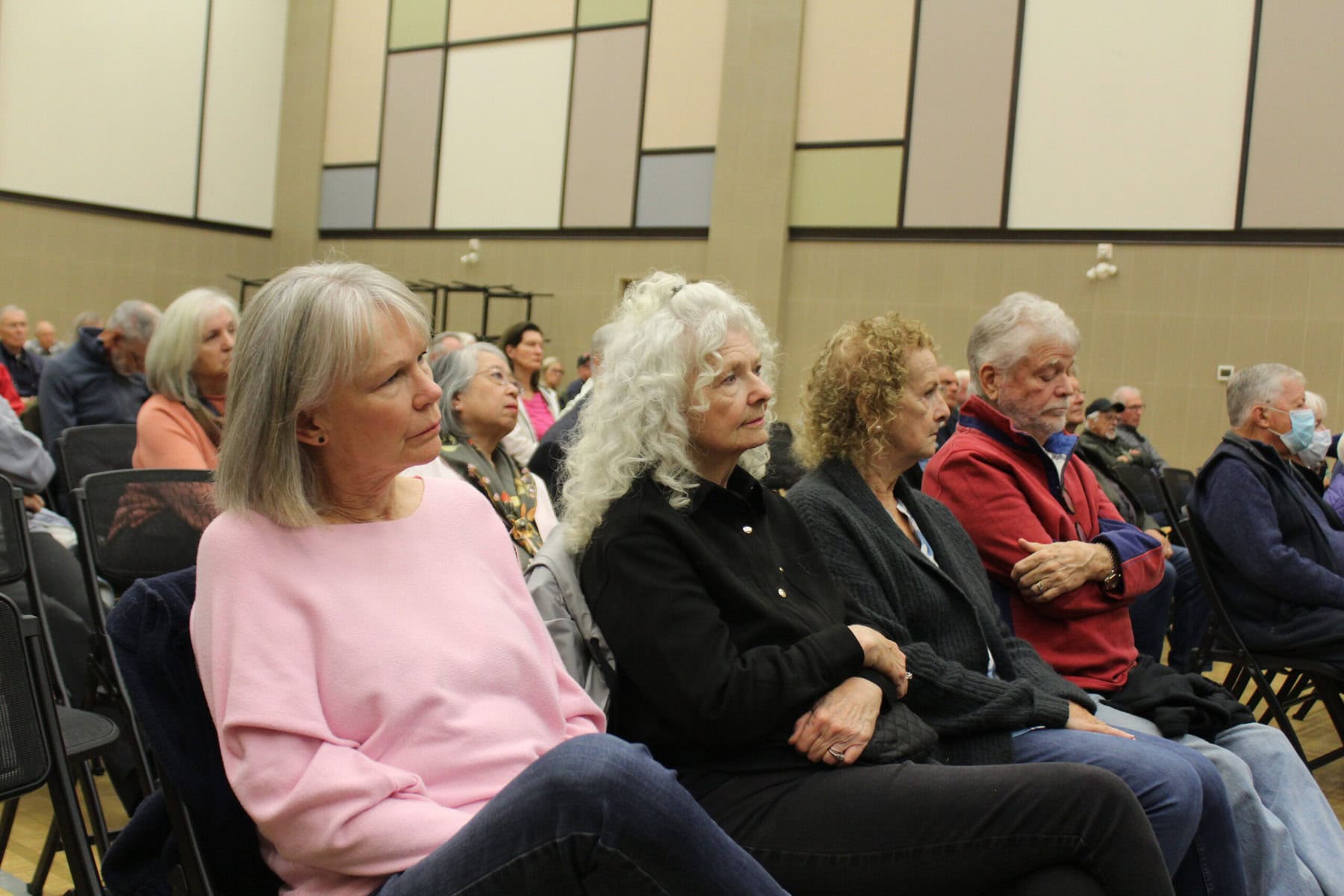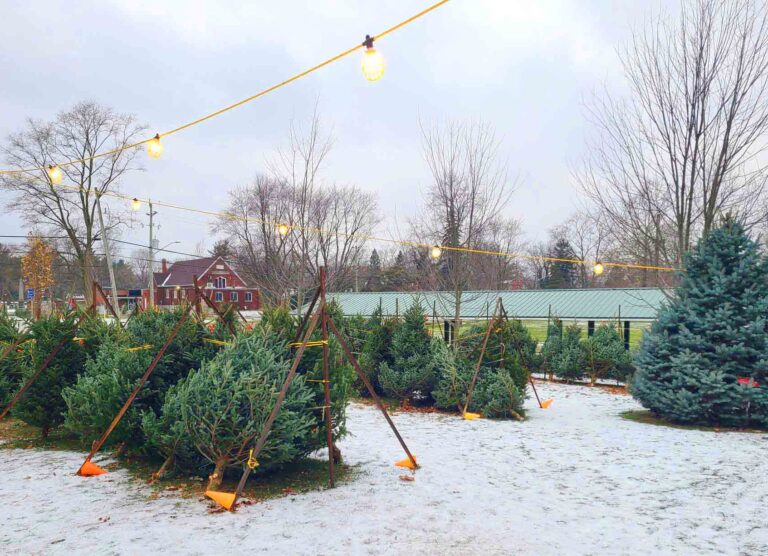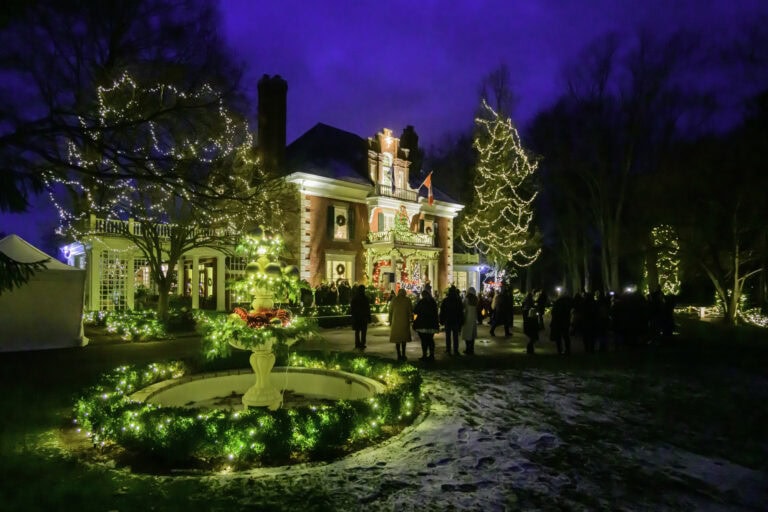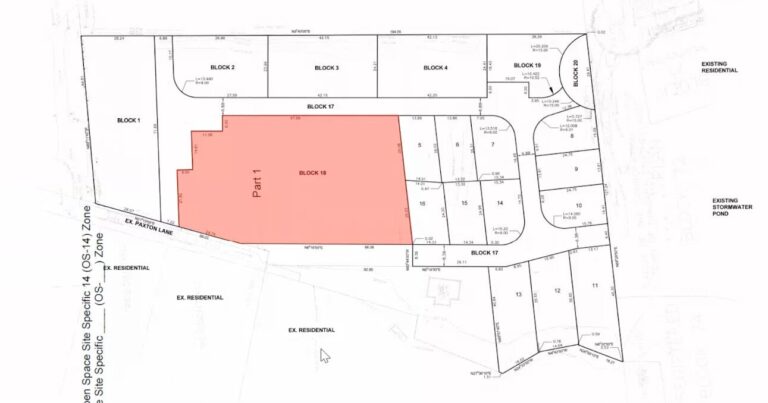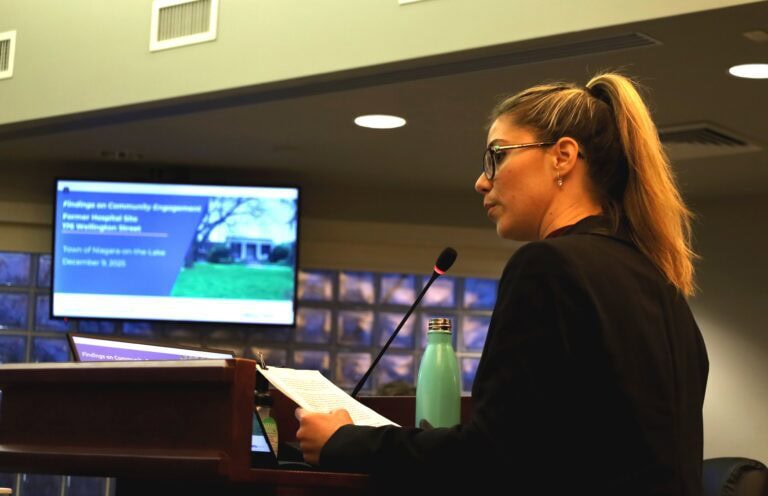The newly formed Niagara-on-the-Lake Residents Association is continuing its efforts to grow its influence in the community.
It hosted its first annual general meeting of the year on Wednesday night, which drew 103 people, and led discussions on a bevy of hot-button local topics, including renewed development efforts at the historic Rand Estate, the future of the old Wellington Street hospital, the town’s latest official plan draft and more.
Alongside these conversations, the members chose a board of seven directors, who were made directors by acclamation (running unopposed).
The seven directors are Ron Simkus, Stuart McCormack, Steve Hardakar, Norm Arsenault, Bette Ann James, Andrea Leja and Peter A. Neame.
Simkus, McCormack, Hardakar and Arsenault were already leading the association as its founders before being made directors, while James, Leja and Neame are newcomers. Colin Patey, the fifth founding member, did not run.
The directors will be responsible for managing the association’s affairs and representing the opinions of the residents discussed during its meetings to the public.
McCormack chaired the meeting and presented the association’s financial report: it has received $7,195 in donations so far and is reporting $3,500 in expenses.
In an email to The Lake Report, Arsenault said that as of Oct. 24, the organization estimates it has 655 total members, according to the number of sign-ups to its email list and the number of Facebook members who aren’t also signed up to the email list.
The group officially got off to a start this year when it held its inaugural open house on May 15, which drew more than 300 people to the NOTL Community Centre.
During the Oct. 22 meeting, also held at the community centre, participants spoke on a range of town matters. Bob Bader led the discussion on the town’s updated official plan, the second draft of which was released earlier this month, and the development of the Rand Estate, which came back before the town in an open house and public meeting in early September.
The latter comes after the Ontario Land Tribunal sent developer Solmar (Niagara 2) Inc. back to the drawing board a year ago to re-evaluate its plan for a 172-unit subdivision on the estate. Solmar appealed this decision, which the tribunal dismissed.
Bader said he opposes Solmar’s effort to build a private road as part of the Rand Estate development, which would connect to John Street, just east of Rand Estate, with an emergency access point at Charlotte Street.
As the tribunal has already ruled against building the road there, he said it should not go forward and said he believes no more time should be wasted on Solmar’s proposal.
“If they took it back to the (Ontario) Land Tribunal, they would laugh in his face,” he said, referring to Solmar’s owner, Benny Marotta.
On the official plan, Bader said it needs to be “stronger, clearer and more community-driven.”
He called for the town to include language that is more certain, with more “shalls” in the document, stronger and more accurate data for population growth and health and more careful development guidelines.
The official plan draft was the subject of two open houses last Wednesday and Thursday — alongside that, the town hosted two open houses on the future of the former hospital at 176 Wellington St.
On that local issue, Arsenault said there’s a consensus among residents that the land should be used for a community purpose, not a commercial one.
“It’s one of the very few institutional sites we have left in town,” he said.
Simkus, who didn’t attend the meeting itself due to illness, said the goal of the meeting was to reflect concerns across all NOTL communities, not just Old Town.
Smaller groups in NOTL gain a stronger voice when united under the residents’ association, he said.
“What some of the smaller groups have voiced is the fact that when they go to council, they are treated with less attention than they feel they deserve,” he said.



